Introduction
Transform your garden with the timeless elegance of cypress trees. These magnificent conifers are not only a symbol of strength and resilience but also an embodiment of natural beauty that can add depth and character to any landscape. As a stalwart in the world of gardening and landscaping, cypress trees have long captivated gardeners with their height, color, and exquisite forms. Their availability in many varieties makes them a versatile choice for homeowners looking to enhance their outdoor spaces. Cypress trees are valued for their ability to adapt to various environments while requiring relatively low maintenance. With proper care, these trees can achieve a lengthy lifespan, becoming long-lasting monuments in gardens and landscapes. In this comprehensive guide, we aim to arm you with the best information and advice to ensure that your cypress trees flourish, while seamlessly connecting you to our range of suitable and beautiful tree options available at Plantology.Understanding Cypress Trees

Types of Cypress Trees
When it comes to selecting the right cypress tree for your garden, understanding the different types available can greatly inform your decision. Cypress trees are diverse, each species boasting unique characteristics that make them suitable for particular landscapes.Italian Cypress
The Italian Cypress (Cupressus sempervirens) is famed for its tall, narrow growth, making it a favorite for creating structured landscapes. Its columnar shape offers an architectural appeal, ideal for lining paths or framing entryways. Italian Cypress trees thrive in Mediterranean climates and are particularly drought-tolerant once established.Bald Cypress
Unlike the Italian Cypress, the Bald Cypress (Taxodium distichum) is deciduous, losing its leaves in the fall. It’s well-suited to areas with swampy conditions due to its unique "knees," which are thought to aid in respiration. Its adaptability makes it perfect for a variety of landscapes, including wetland gardens.Leyland Cypress
The Leyland Cypress (Cupressus x leylandii) is a hybrid known for its rapid growth and transformative impact on gardens. It’s an excellent choice for hedges and privacy screens due to its dense foliage and quick establishment. Leyland Cypress is versatile and grows well in a range of soil types.Planting Cypress Trees

Choosing the Right Location
Selecting an appropriate site is crucial when planting cypress trees. These trees require full sun to thrive, so choose a spot that receives at least six hours of direct sunlight each day. The soil should be well-draining, as waterlogged conditions can lead to root rot. For added options, you might find interest in Plantology's extensive variety of palms, like the majestic Alexander Palm that also provides an elegant touch to any landscape.Planting Process
To plant your cypress tree, begin by digging a hole that is twice as wide and just as deep as the root ball. Gently place the tree in the hole, ensuring that the base of the trunk is level with the surrounding soil. Fill the hole with soil, and water thoroughly to settle the tree in its new location. Adding a layer of mulch can help conserve moisture and suppress weeds.Caring for Cypress Trees
Watering
Cypress trees require consistent watering during their first year as they establish their roots. After that initial period, their drought-resistant nature usually means they require less frequent watering. However, mature cypress trees still benefit from deep watering during prolonged dry spells to ensure robust growth.Pruning

Fertilizing
Fertilizing should be approached with care. Cypress trees generally thrive with minimal fertilizer, but applying a balanced, slow-release fertilizer in early spring can provide a nutrient boost. Be cautious not to overfertilize, as this can harm the tree.Health and Pest Management
Common Pests
While cypress trees are relatively pest-resistant, they can occasionally fall prey to certain pests. Bagworms and spider mites are the most common nuisances. Regularly inspecting your trees and employing appropriate treatments, such as insecticidal soap or neem oil, can help you manage these pests effectively.Disease Prevention
Root rot and cypress canker are two diseases that cypress trees may encounter. To prevent these diseases, ensure your trees are planted in well-draining soil and avoid overwatering. Fungicide treatments may be necessary for severe cases.Seasonal Care Tips

Winter Care
Most cypress species are hardy, but young trees may require protection from harsh winter conditions. Applying a thick layer of mulch around the base can help insulate the roots. In regions with frequent freezes, consider wrapping the trunks in burlap to prevent frost damage.Spring Awakening
Spring is a time of renewal in your garden. Remove any winter mulch to allow the soil to warm. This is also the season to fertilize your cypress trees as they begin their active growth phase.Designing with Cypress Trees
Landscaping Ideas
Cypress trees offer incredible flexibility in landscape design. Use Italian Cypress to create stately entrances or backdrop for colorful flowerbeds. Bald Cypress adds a mysterious allure to water features, while Leyland Cypress is suitable for creating private retreats within your garden.Companion Plants
Selecting companion plants for your cypress trees can enhance your garden's overall appeal. Consider the evergreen beauty of Agave varieties from Plantology – these drought-resistant plants are excellent companions for cypress, both thriving in similar conditions.Conclusion
Cypress trees are an investment in your landscape, promising elegance, shade, and environmental benefits for years to come. With correct planting and care, you can ensure these magnificent trees will flourish and become the crowning glory of your garden. As you embark on your cypress journey, remember to explore Plantology’s diverse selection of complementary trees and plants that can elevate the beauty of your home and garden. At Plantology, we are here to offer guidance and the finest quality plants for all your landscaping needs. Let's transform your outdoor spaces into a breathtaking oasis together. Visit Plantology to find the perfect plant companions for your cypress trees today!Cypress Trees in History and Culture
Historical Significance
Cypress trees have long been associated with significant cultural and historical symbolism, standing the test of time as monuments in various civilizations. In ancient Greece and Rome, cypress trees were often planted in cemeteries and sacred spaces as symbols of mourning and immortality. Their tall, slender form reaching toward the sky was thought to create a connection between the earth and the divine. The Greeks revered them so much that a cypress branch was often present during rituals and processions as a token of reverence and protection during funerals. In Eastern cultures, particularly in China and Japan, cypress trees were seen as symbols of longevity and resilience. Their evergreen nature was a metaphor for eternal life, making them a popular plant in Zen gardens and traditional landscapes. Cypress wood was also employed in crafting sacred objects and spiritual spaces due to its association with purity and protection from evil spirits.Cypress in Modern Gardens

Environmental Impact of Cypress Trees
Ecological Benefits
Cypress trees are more than just ornamental; they play a crucial role in supporting the ecological health of an area. Their robust root systems help to prevent soil erosion, making them especially valuable in regions with water runoff issues. These roots not only stabilize the soil but are also beneficial for absorbing excess nutrients, which can improve water quality in wetland areas and reduce the impact of nutrient pollution. The dense foliage of cypress trees offers shelter and nesting opportunities for a variety of bird species, including songbirds and raptors. Their presence can enhance local biodiversity, providing a habitat for insects and small mammals. Additionally, cypress trees are effective at sequestering carbon dioxide, playing a role in mitigating climate change impacts.Water Management
Cypress trees, particularly species like the Bald Cypress, are known for their unusual ability to thrive in wet conditions. They are often planted in waterlogged areas or along the banks of rivers and lakes to aid in water management. Their "knees," or pneumatophores, are thought to support nutrient exchange and gas transfer in inundated areas, helping to create stable ecosystems in floodplain regions. Homeowners can utilize cypress trees as part of sustainable landscape design by planting them in areas prone to flooding or excess moisture. Their ability to absorb significant amounts of water can divert runoff from more delicate garden areas while contributing to a lush, thriving landscape.Choosing the Right Cypress for Your Landscape

Factors to Consider
When selecting the perfect cypress tree for your landscape, there are several factors to consider to ensure a successful planting. Climate is paramount; some species, like the Italian Cypress, prefer Mediterranean conditions, while others, such as the Bald Cypress, are more suited to temperate regions with higher humidity. Soil type and drainage also play critical roles. While most cypress trees prefer well-drained soils, some can adapt to a variety of conditions, including clay or sandy soils. Consider your local environment and soil characteristics to choose a species that will thrive.Design Objectives
Your landscape design goals will provide guidance on tree selection. For formal gardens and structured spaces, the narrow and tall Italian Cypress adds sophistication and grandeur. If privacy is a primary concern, Leyland Cypress provides dense coverage and quick growth, forming a natural barrier against neighbors or unsightly views. For more diverse ecosystem support, Bald Cypress offers unique aesthetic traits and adapts well to water-feature-rich landscapes. Combining different cypress species within a garden can enhance both aesthetic variability and ecological value.Advanced Care and Maintenance
Training and Shaping
Beyond basic pruning, advanced care techniques such as training and shaping can enhance the architectural qualities of cypress trees. Training involves guiding the tree's growth to promote a specific form or shape, which can be accomplished with trellises or supports. This technique is particularly useful for espalier-style plantings, where Italian Cypress can be grown flat against walls for a formal aesthetic. Regular shaping, involving selective trimming to cultivate desired outlines, maintains the tree's form and prevents overgrowth. Topiary is a popular method for shaping certain cypress varieties into creative shapes and designs, adding an artistic element to your landscape.Soil Amendments


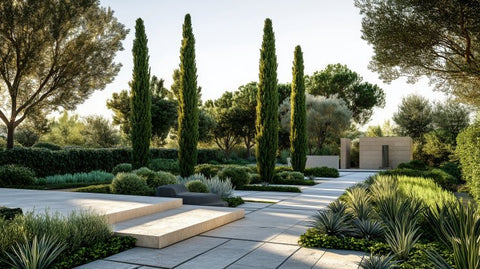



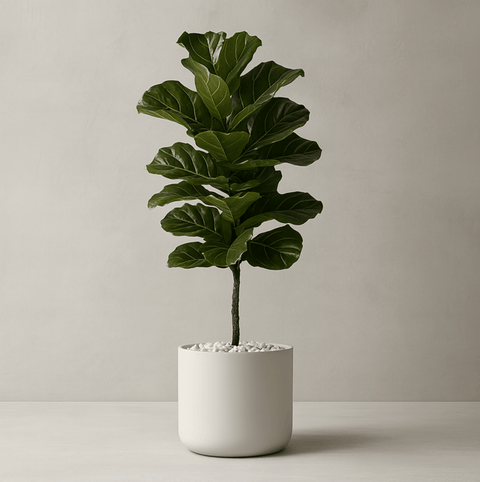
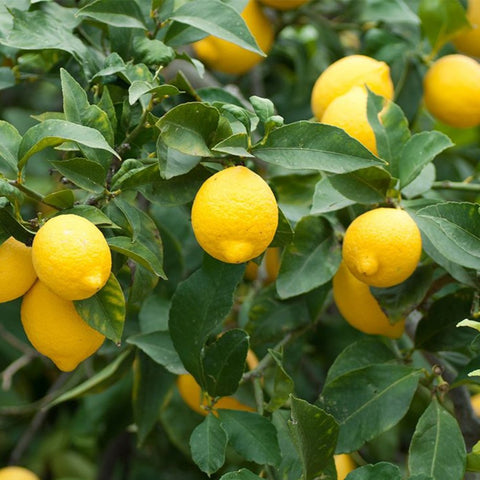

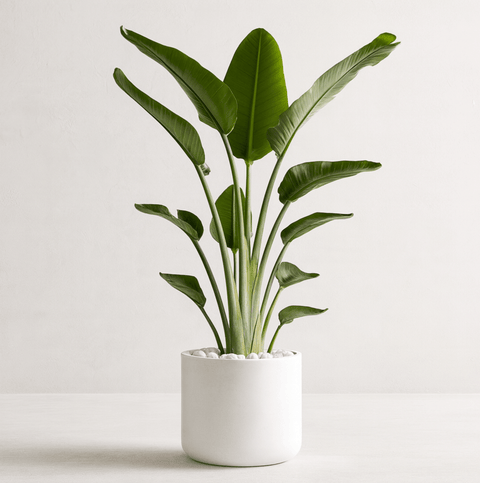

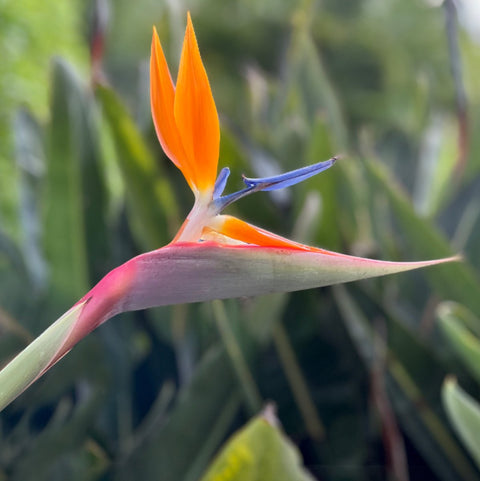
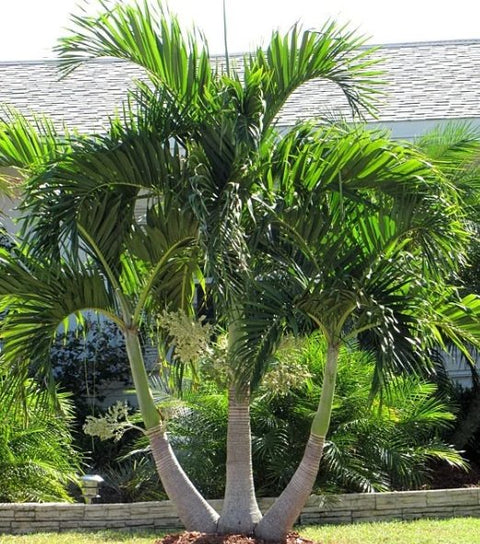
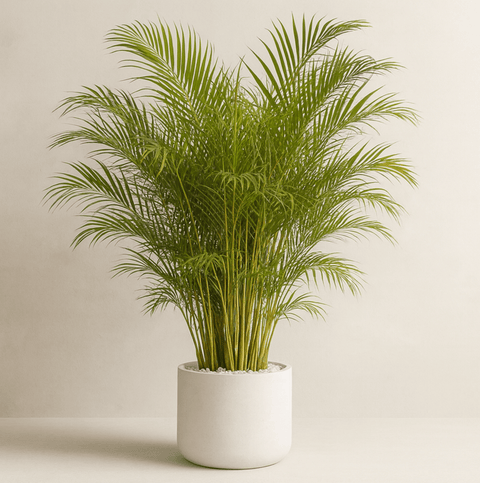


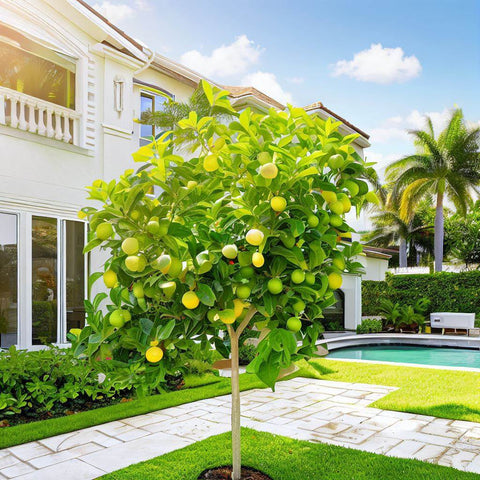
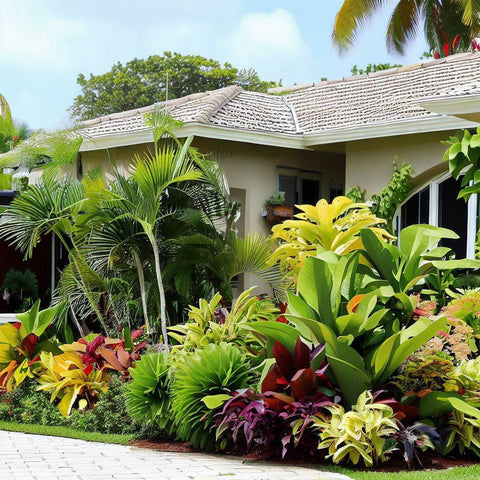

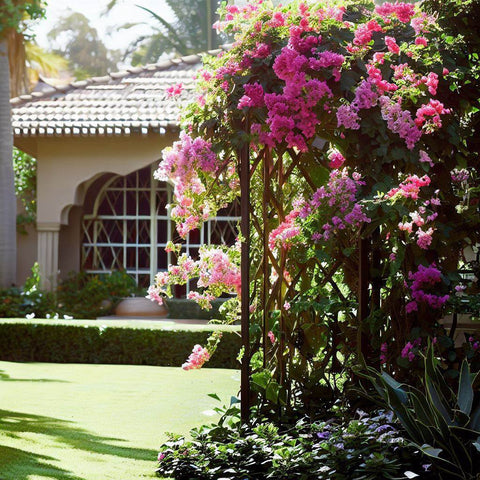
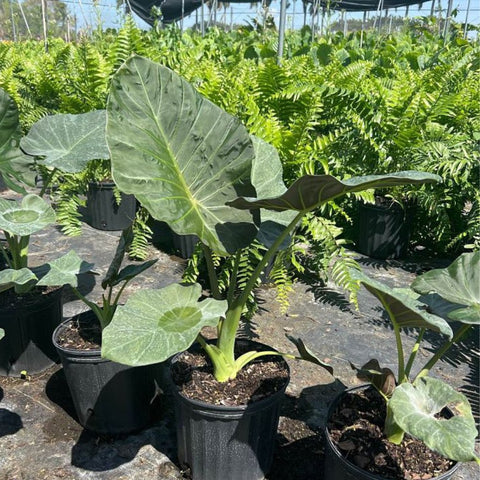

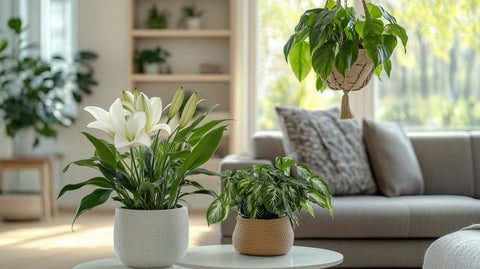










Comments (0)
There are no comments for this article. Be the first one to leave a message!